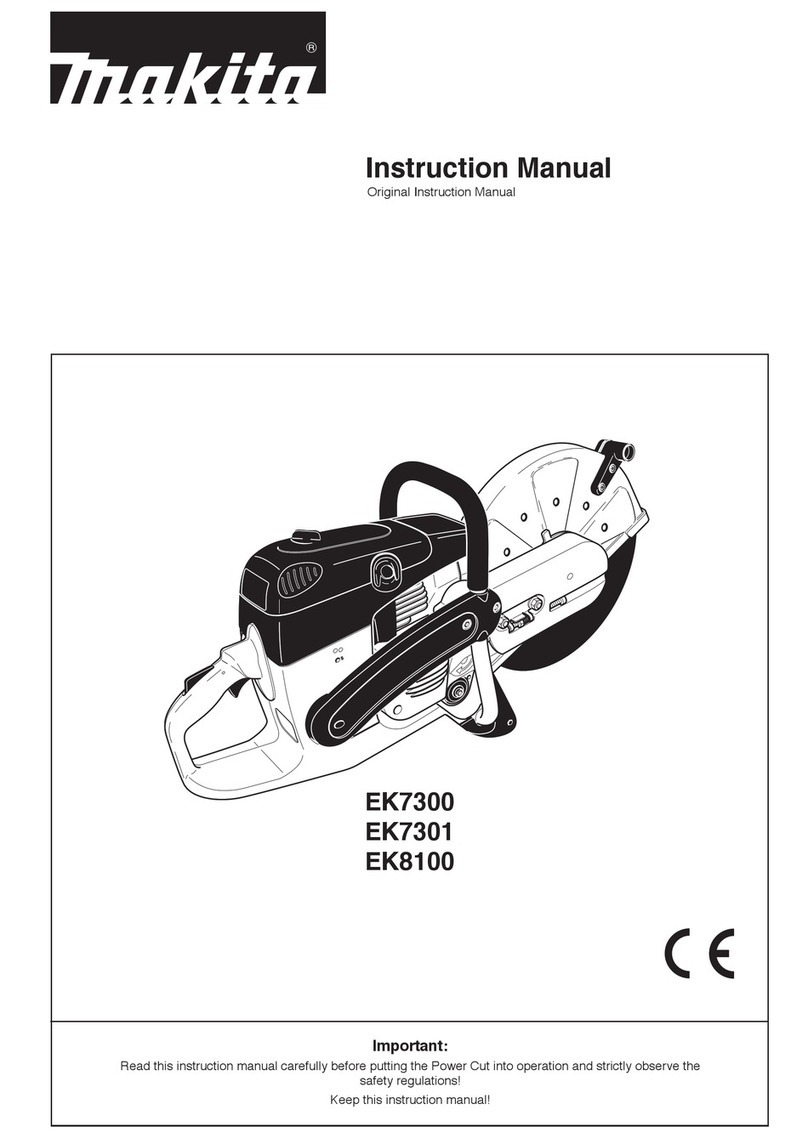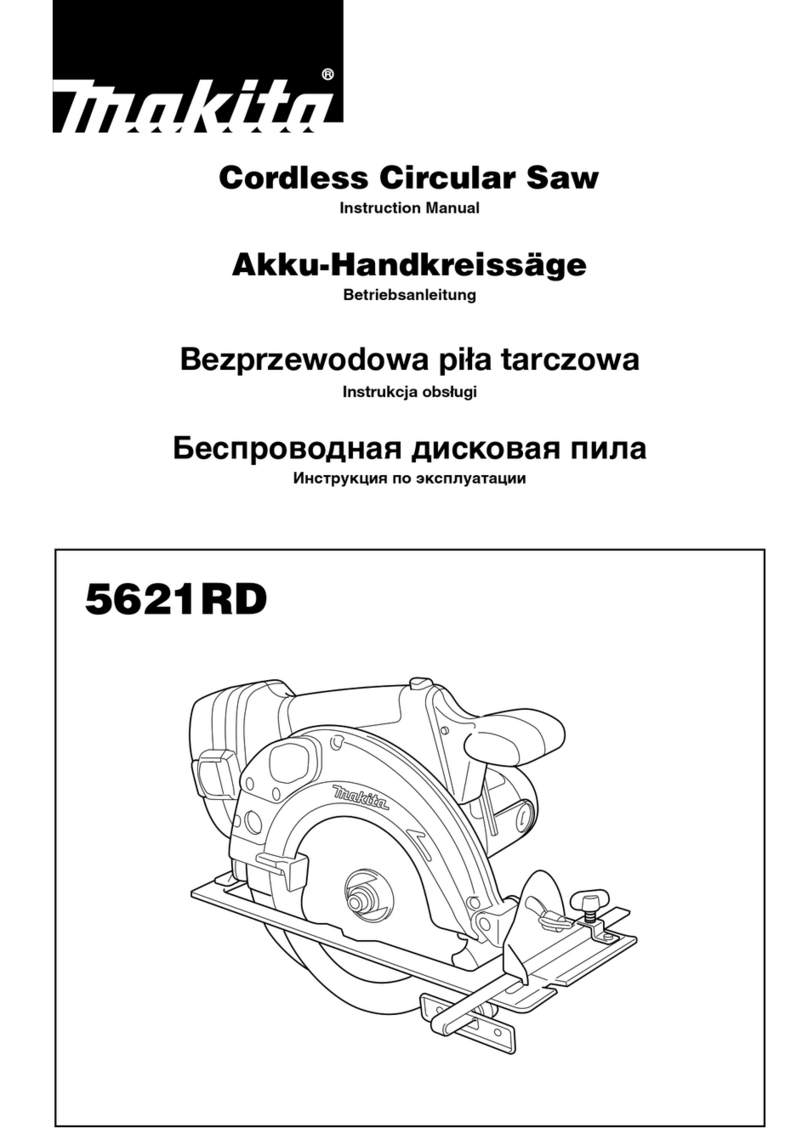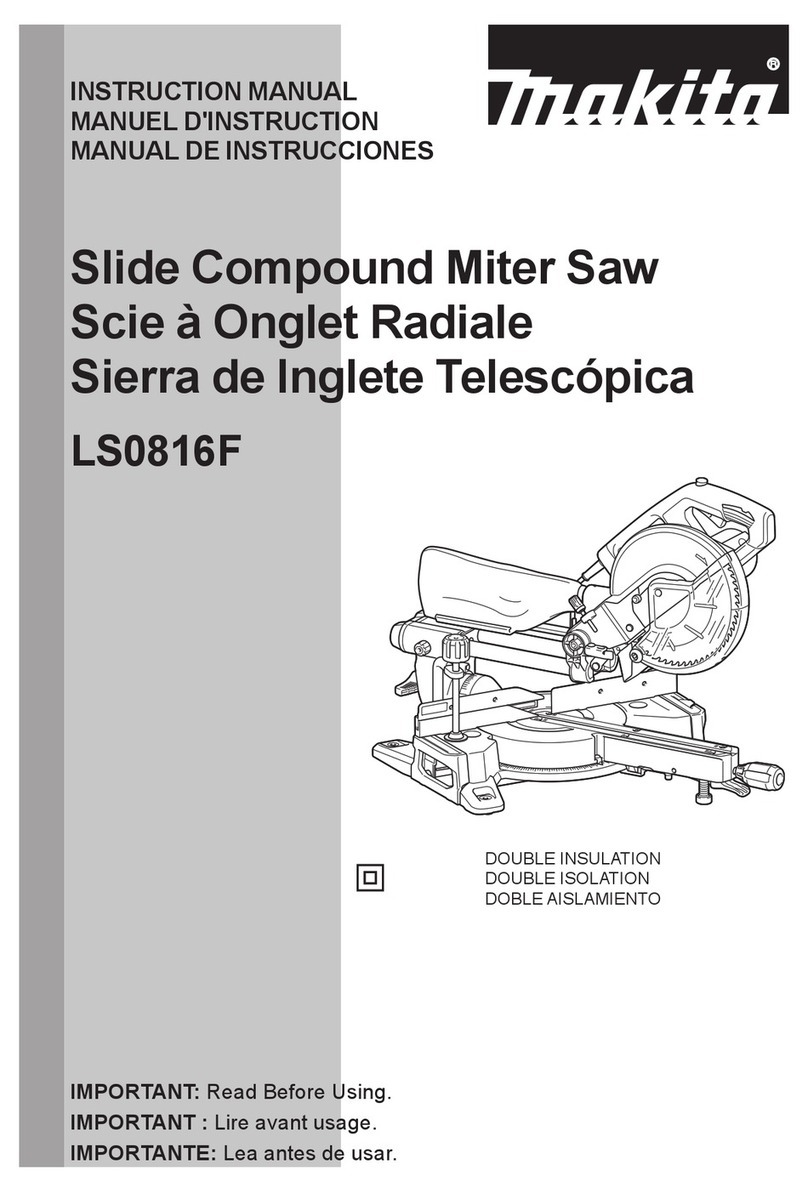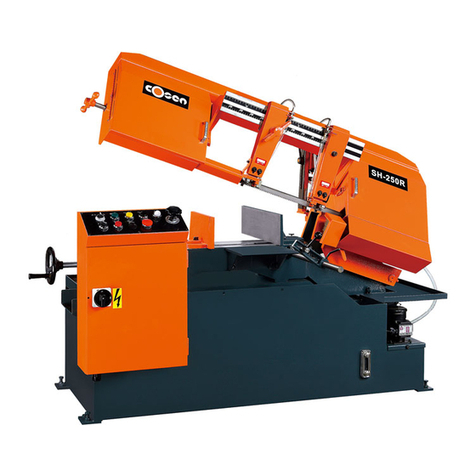Makita LS1019 User manual
Other Makita Saw manuals

Makita
Makita LS1013 User manual

Makita
Makita DSD180 User manual

Makita
Makita DLS713 User manual

Makita
Makita LB1200F User manual

Makita
Makita 4200H User manual

Makita
Makita HS0600 User manual
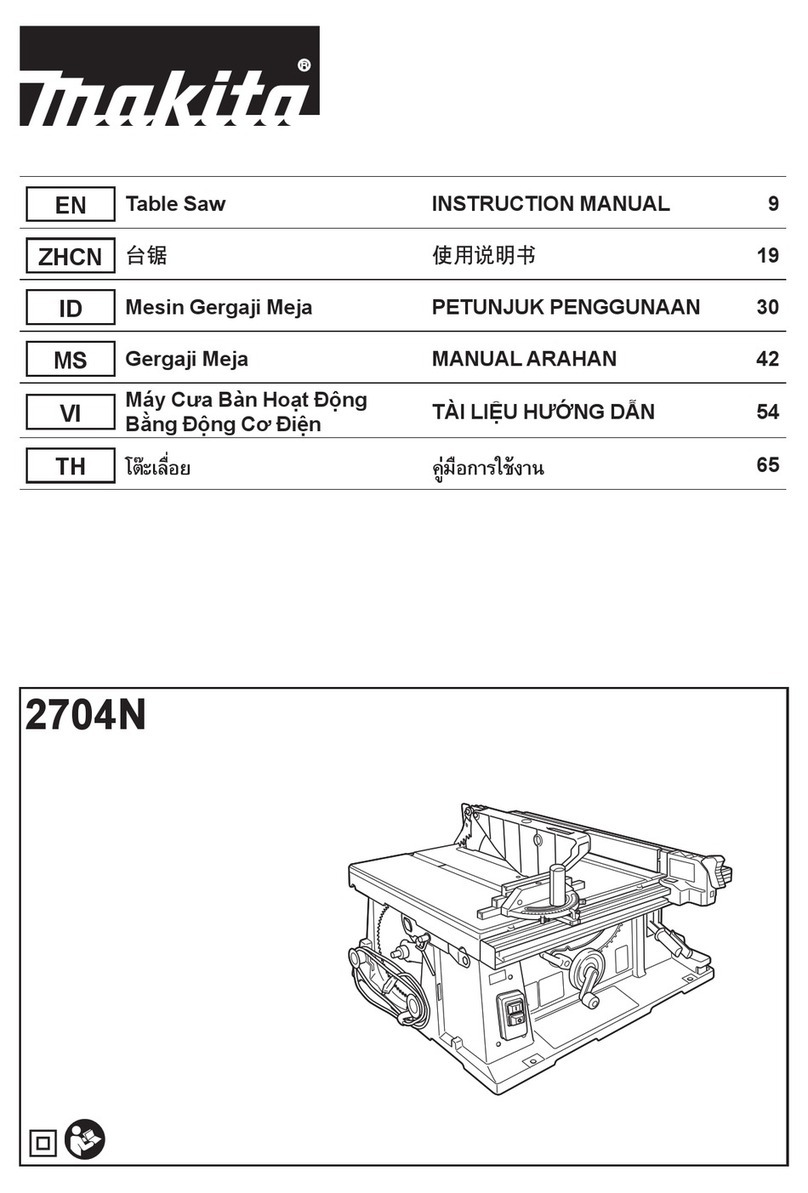
Makita
Makita 2704N User manual

Makita
Makita BJR181 User manual
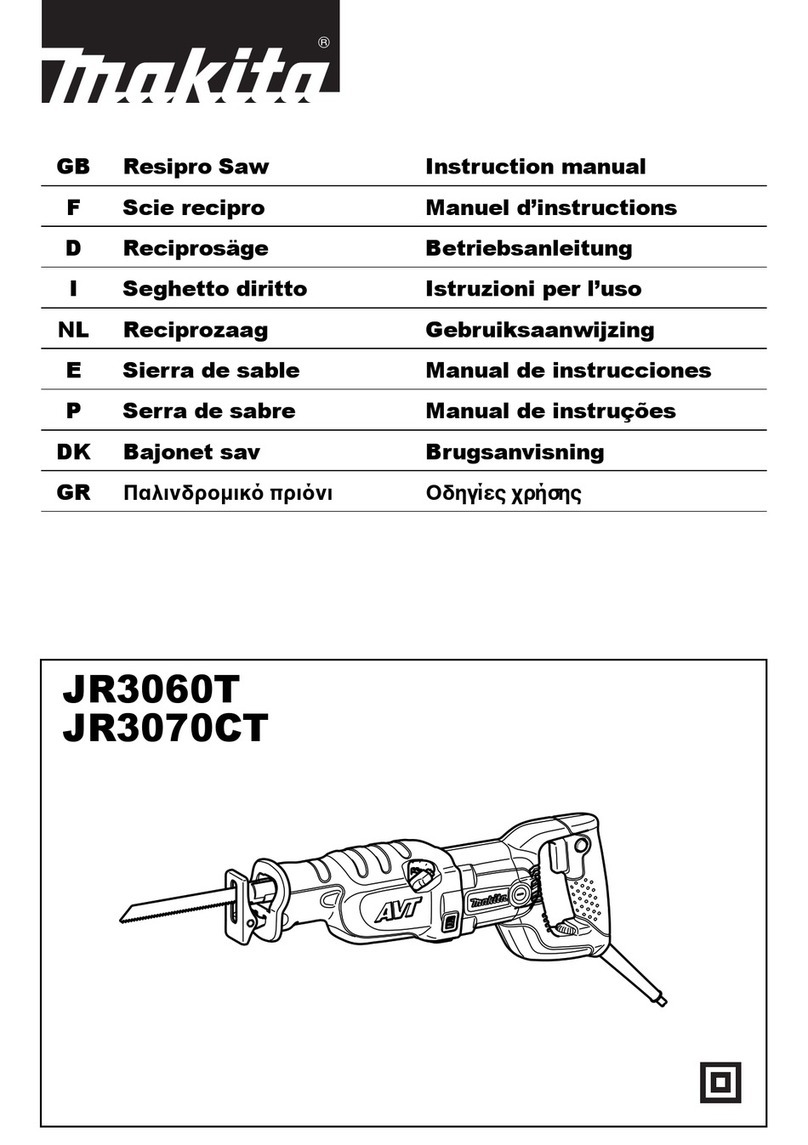
Makita
Makita JR3060T User manual
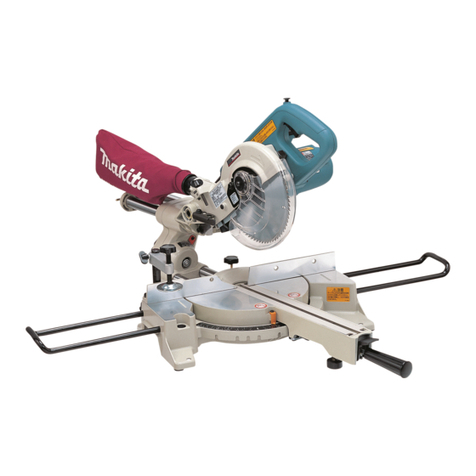
Makita
Makita LS0714 User manual
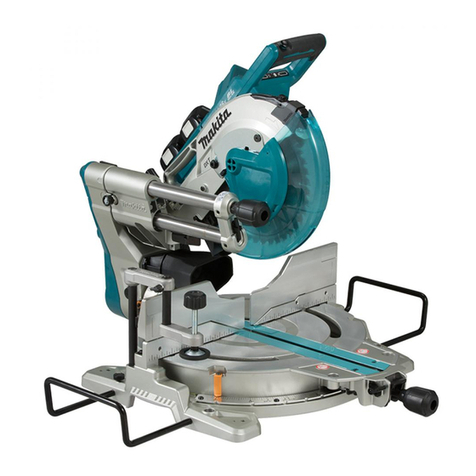
Makita
Makita DLS110 User manual
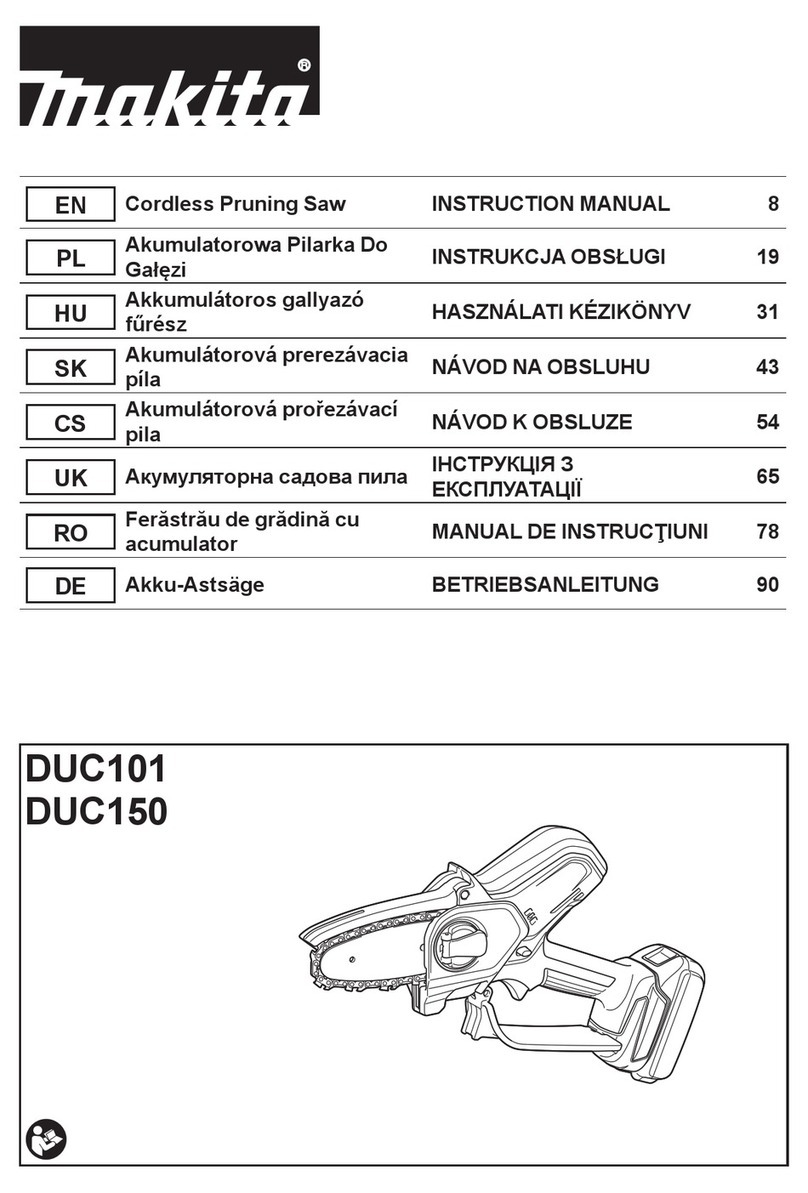
Makita
Makita DUC101 User manual

Makita
Makita 5104 User manual

Makita
Makita 5007MG Quick start guide
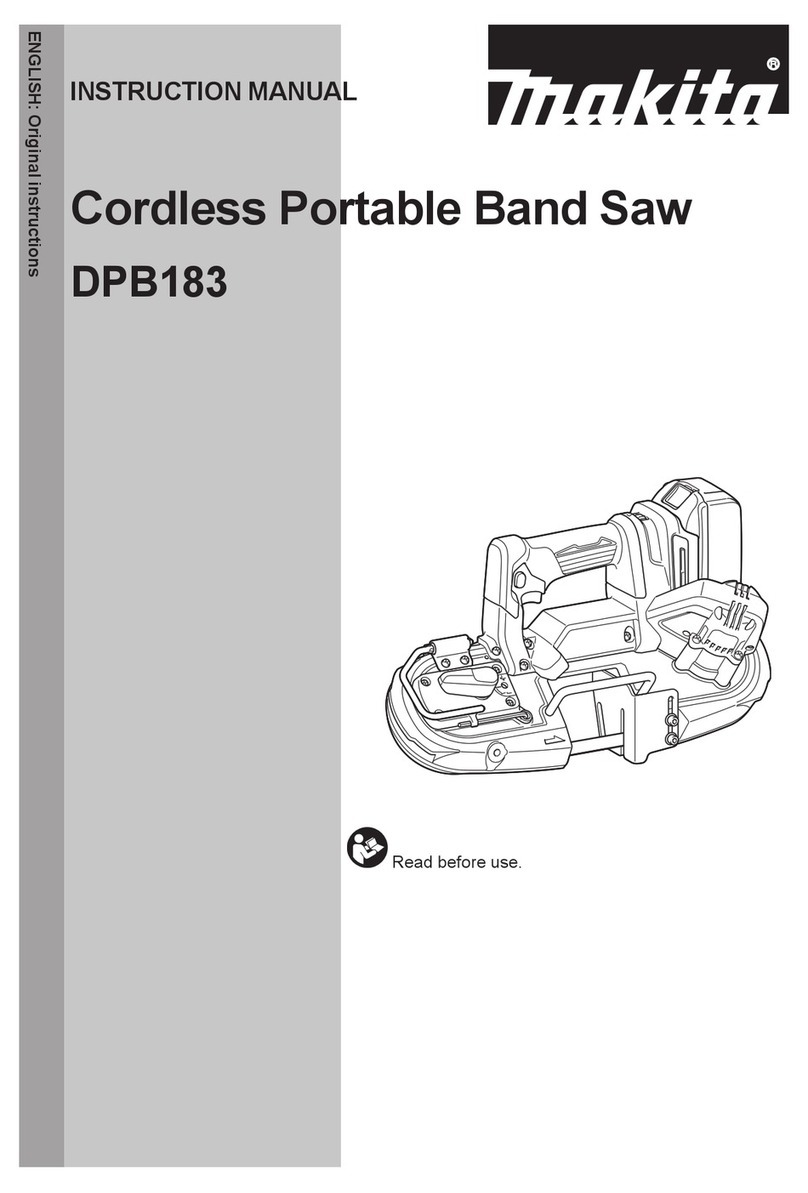
Makita
Makita DPB183 User manual
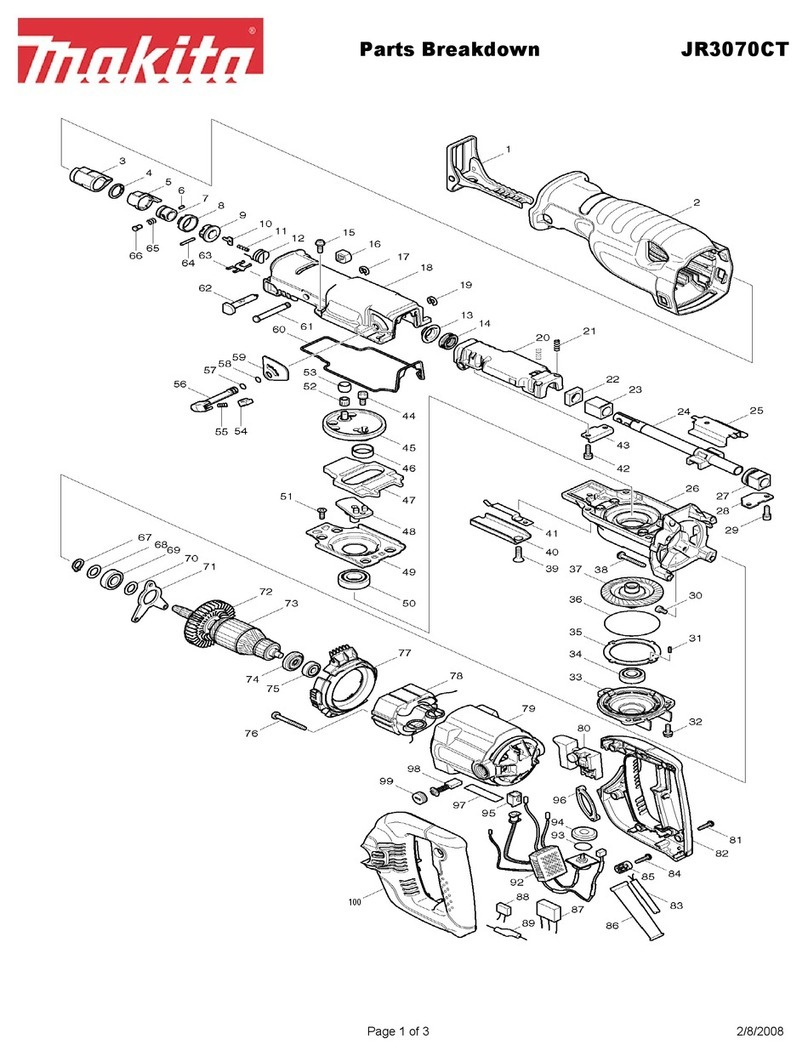
Makita
Makita JR3070CT Quick start guide
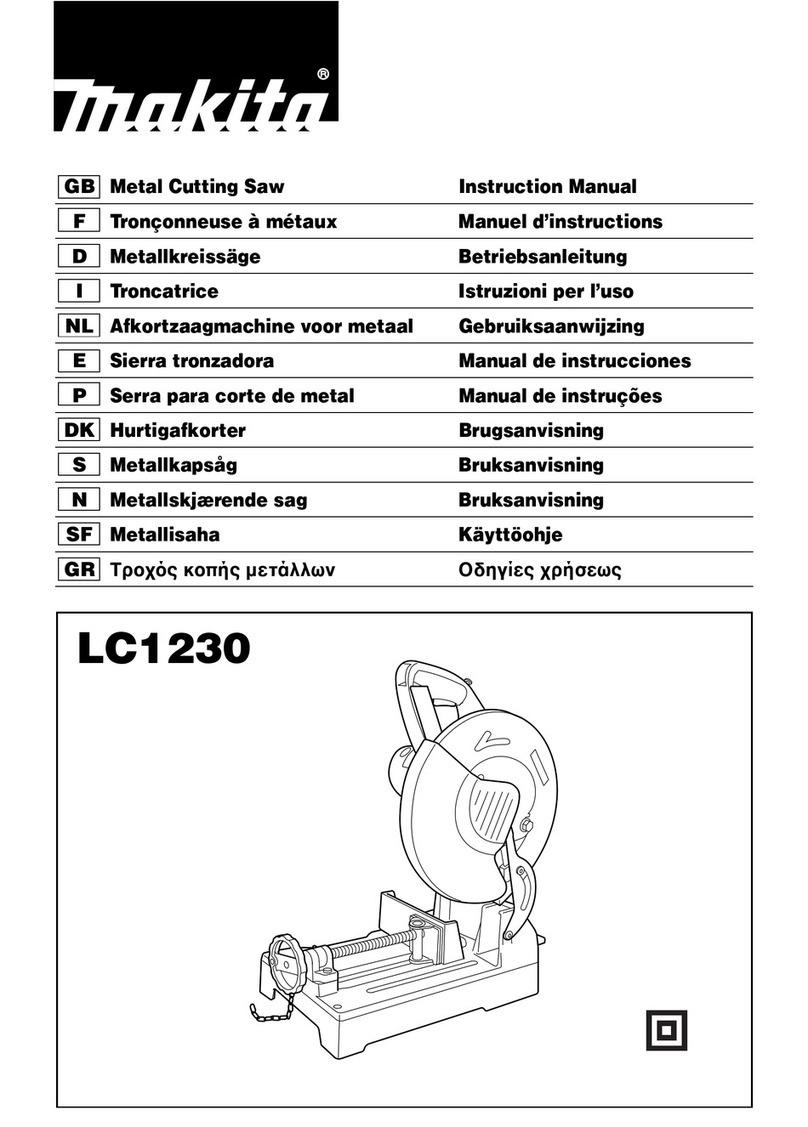
Makita
Makita LC1230 User manual

Makita
Makita LC1230 User manual

Makita
Makita JR3000V User manual

Makita
Makita 5008MG User manual
